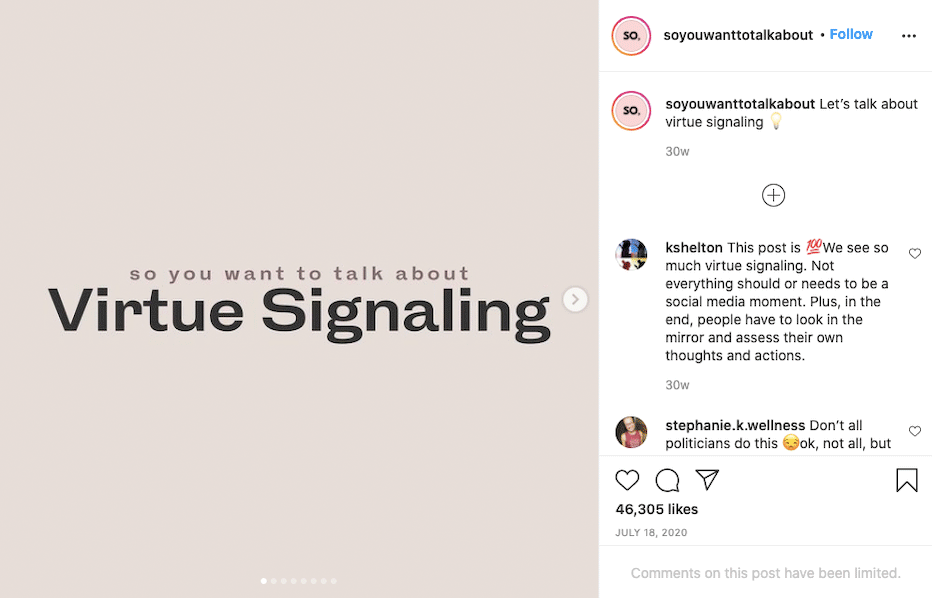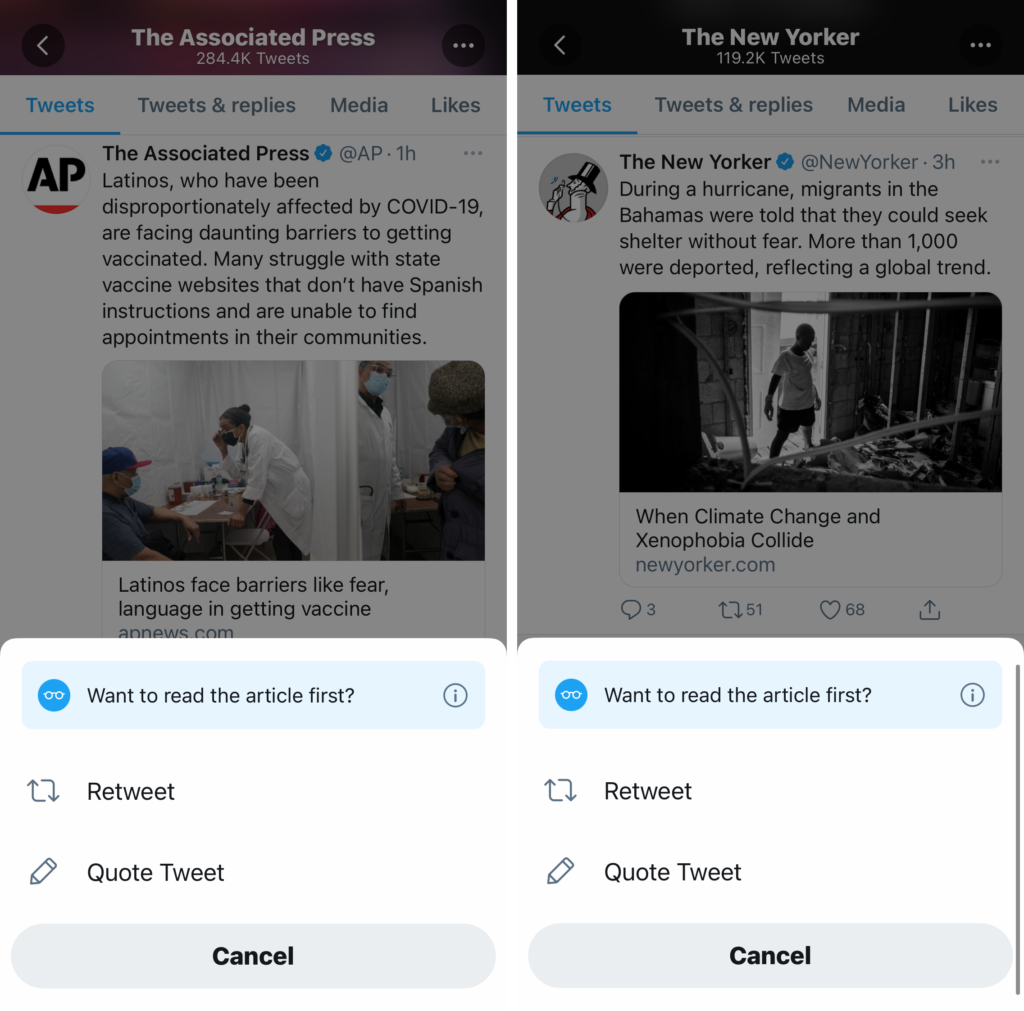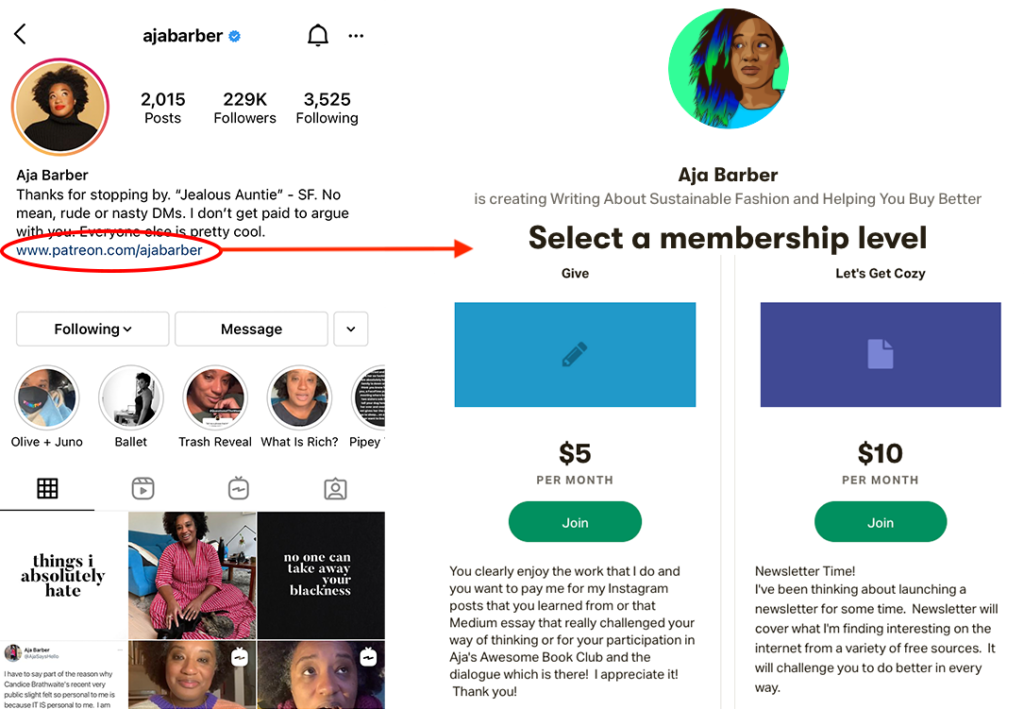In many ways, social media has made it easier to be informed than ever before. We can keep up with stories as they break in real-time, learn all about a public figure and what they stand for in a few minutes of scrolling, and gain exposure to ideas that we wouldn’t normally encounter on our own.
However, it’s also arguably made it too easy for us to be informed. It’s too easy to click a button and feel like you’ve done your part. Too easy to take part in a trend without exploring the deeper meaning behind it. Too easy to create the appearance that you’ve done more than you have.
This past summer, we saw the Black Lives Matter movement take off on a greater scale than perhaps ever before, and we watched our social media feeds fill up with messages of solidarity, both from individuals and brands. Along with all of the declarations of support and educational resources spreading around, there was an underlying sentiment: If you’re saying nothing right now, you’re actually saying a lot.
The popular Instagram account “so you want to talk about…”
shared this explainer about virtue signaling over the summer.
In addition to the calls to speak up and use your platform—no matter how big or small—to support the dismantling of systemic racism, a conversation started brewing about virtue signaling, which is the act of publicly expressing empty sentiments to demonstrate good character or make oneself look like they’re on the “good” side without actually doing anything to back it up.
There’s no denying that social media makes it all too easy to slip into virtue signaling territory, no matter the cause, issue, or movement. So in an effort to reject this type of online behavior and hold ourselves accountable for more productive efforts, here are four tips for leaving performative activism in the past.
Make a commitment to read before you post.
Don’t retweet or link out to an article just because the headline is a zinger or you agree with the post copy itself if you haven’t read the whole thing. Making this commitment to yourself will make you think twice before you post without reading, and it’ll ensure that 1) you don’t post something that you actually don’t stand behind, and 2) you’ve actively consumed the material and are not just virtue signaling about the topic.
On the Twitter mobile app, if a user attempts to retweet an article without first opening the link,
they receive a prompt to read before sharing. Don’t ignore it!
Be transparent about what you still haven’t done.
Let’s say you come across a great Instagram graphic highlighting 10 books written by Black women that everyone should read. Instead of just sharing this graphic to your story as a way of amplifying the post—but in turn, also making youself appear smart and well-read—add a caption that says, “I’ve read 3/10, but the rest are going on my list!” or “Note for future self the next time I’m in a bookstore.”
This seems like a really small change in behavior, but it’s important because it forces you, the poster, to actively remember that your work isn’t done, and it doesn’t falsely paint the picture that you’ve done work that you haven’t. (It goes without saying that you should then follow up on the action—in this case, doing the reading.)
Consider financially supporting the thought leaders you follow.
We’d all like to make many more donations that we’re able to afford, but direct financial contributions to organizations aren’t the only way to fund anti-racist work. If you follow any BIPOC content creators who consistently take on the emotional and mental labor of educating their followers about important social topics, do some digging: Do they have a Patreon? Do they have a pay-to-subscribe email newsletter? For as little as $5 a month, you can play a role in compensating these folks for their work, and you can ensure that your consumption of their content isn’t completely passive.
Aja Barber is a Black writer whose work tackles inequities of all types in the fashion industry.
She has a Patreon platform where users can compensate her for her work and/or subscribe for access to additional content.
Collect and organize the resources you see and share.
Think back on that “10 books written by Black women” Instagram post referenced earlier. Rather than letting it slip away once the 24 hours of the Instagram Story cycle are over, add it to your saved posts, your camera roll, or an ongoing note in your phone in order to keep track of it.
Maybe you keep a separate album or list for BIPOC-owned restaurants that you want to try, BIPOC-owned businesses you can consider for your daily needs, and BIPOC-created or -centered media to consume. Because let’s be honest: It’s easy to think, “I’ll look for that on Netflix!” when you see a recommendation in passing, but much harder to recall once the remote is in your hand and you’ve relied on memory alone. Refer back to these lists often and seek out opportunities to support or engage with the subject matter.
Of course, these four steps are not comprehensive of everything that can be done to hold ourselves more accountable as participants in digital activism, but they are a starting point. The more we vocalize and normalize these changes in behavior, the more likely they are to become common practices among our personal networks, and the more likely we all are to achieve productive change.






